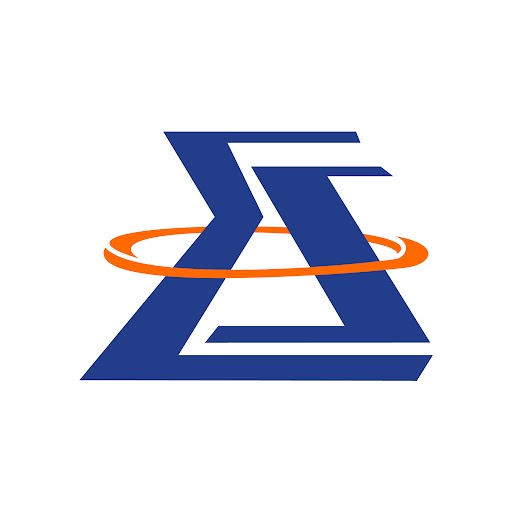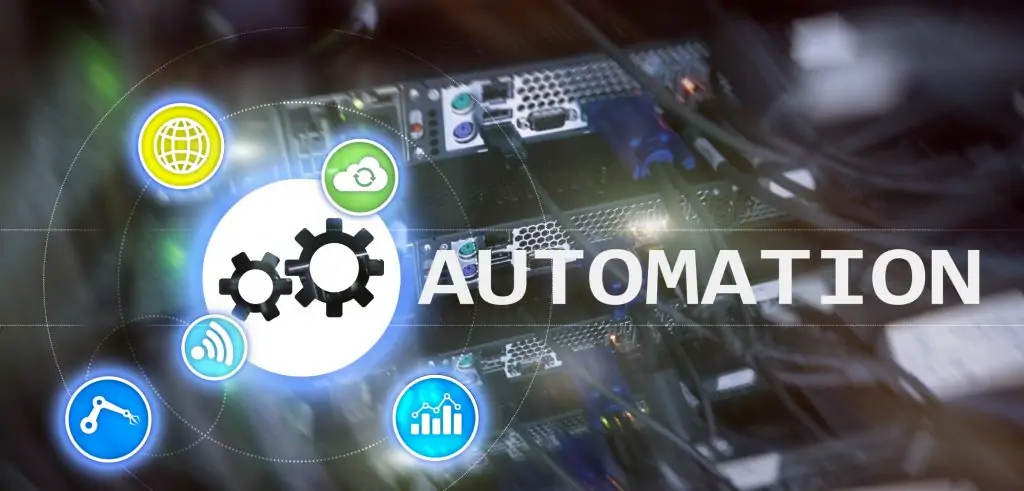RPA revolutionizes how we work by transforming mundane and repetitive tasks into efficient, automated processes. These digital assistants, also known as “bots”, are the tireless workers of the digital age, executing back and front office processes with unrivalled speed and accuracy.
We no longer need to rely on humans to perform these monotonous tasks – RPA has taken over, freeing up valuable time for more creative and strategic thinking. With RPA, we can sit back and watch as our digital counterparts tirelessly carry out structured and rules-based processes, leaving us to focus on the more complex and challenging aspects of our work.
The Different Types of Process Automation
The RPA technologies of today can connect with user interfaces, run scripts, and have specialized tooling to automate complicated business processes. Yet, RPA technologies are wider than those simple functions. When looking at automation from a high level, four distinct types may be identified:
- Front-End Automation, UI automation
- Back-End Automation, API automation
- Native Actions
- Intelligent Automation
When these four kinds of automation are combined, users have the power to automate many different kinds of work. Incorporating intelligent automation also brings in human decision-making reasoning.
RPA Vs. Traditional Automation
| RPA | Traditional Automation |
| It does not need any changes to current systems or infrastructure. | It needs specific adjustments in the current IT architecture. |
| It is capable of automating repetitive, rule-based processes. To execute the tasks, it replicates human behaviours. | It excludes the capacity to imitate human activities. It solely runs the pre-programmed programmatic commands. |
| RPA may be used without any programming knowledge. RPA enables automation via the use of a simple flowchart graphic. As a result, users do not need to know language syntax or scripting. They simply need to concentrate on the functions listed under automation. | Traditional Automation requires users to have programming knowledge in order to automate functions. The programming language required is determined on the kind of automation tool. Users must remember language syntax and scripting. |
| RPA allows for simple and rapid installation. Since RPA software is process-driven, it takes less time. | RPA enables simple and speedy installation. It takes less time since RPA software is process-driven. |
| RPA enables users to delegate jobs to hundreds or thousands of virtual machines, which may complete the assigned tasks without using actual computers. | Traditional Automation employs several programming approaches to accomplish parallel execution or scalability. To achieve parallel execution, it is necessary to utilize tangible hardware resources.This physical equipment should be capable of processing data quickly. |
| RPA may be modified to match the needs of a specific user. It may be used with various programs (e.g., calendar, e-mail, ERP, CRM, and so on) to synchronize data and generate automatic responses. | Regarding customization, Traditional Automation is regarded as a more essential and difficult technology than RPA. Integrating diverse systems with Conventional Automation is difficult owing to the limits of APIs. |
| RPA might be expensive in the early stages. Nonetheless, it saves significant time, money, and effort in the long term. | Traditional automation is less expensive in the beginning. But, it is far more expensive in the long term. |
| RPA is a more effective approach since it can make changes instantaneously. | Traditional automation needs more time, effort, and a large crew. |
| Since RPA is so simple, users can simply alter any business flow. | Traditional Automation, on the other hand, may need users to alter multiple scripts. As a result, maintaining and updating this technology might be difficult. |
Career Scope Of RPA
RPA has a vast and diverse reach. This will be the future and most essential item in the next years.
Applicants for Robotic Process Automation must primarily work on Business Process Automation by standard RPA principles and practices.
Applicants will collaborate with worldwide teams to design, develop, and deploy RPA development solutions to global customers.
Applicants will create a project design to put the To-Be Processes into action.
They will primarily lead the change management process in support of current procedures and the implementation of upgrades.
Sigma Solve’s Take on Robotic Process Automation
In the crisp autumn of October 2022, a seismic shift occurred in digital automation. A groundbreaking partnership was forged between Automation Anywhere, the industry’s leading Robotic Process Automation (RPA) provider, and the venerable Sigma Solve.
With this alliance, Sigma Solve unlocked the power to activate your digital workforce, imbuing your personnel with a singular, awe-inspiring capability. This union of industry giants offered the keys to unlocking the full potential of RPA, the game-changing technology that can revolutionize how your organization operates.
By leveraging RPA service providers, your organization can save precious time, enhance productivity, and drive innovation like never before.
Smarter automation is the key to unlocking the door to faster corporate development, and with Sigma Solve’s guidance, you can achieve unparalleled levels of efficiency and scalability.
With the ability to quickly scale from a few bots to a full digital workforce capable of executing rules-based procedures across all of your systems and applications, the possibilities are endless. So don’t wait. Activate your digital workforce today and unleash the full potential of RPA solutions with Sigma Solve and Automation Anywhere.
Why is Automation Necessary in the Insurance Sector?
By automating transactional and administrative activities, insurance companies have enhanced operational efficiency and minimized administrative costs.
According to McKinsey research, RPA for insurance might save data processing time by 34%.
Until recently, insurance companies used RPA mostly for non-complex activities like claims processing and form registration.
Nowadays, however, RPA in the insurance sector is transforming the end-to-end process, including data extraction, mistake tracking, flagging, automated claim routing, and accurate process/business analytics, saving insurance firms 30-50% of their time and effort.
Conclusion
The robotic process automation (RPA) area is expanding rapidly, with a wide variety of potential customer services and opportunities for internal process enhancements.
Compared to other software categories, RPA software development is one of the most rapidly expanding. Forecasts put the global market for RPA software at $2.7 billion by 2023, up from an estimated $1 billion in 2020.
With an annual growth rate of 29%, the RPA industry is expanding fast as businesses embrace automation to boost staff productivity.




